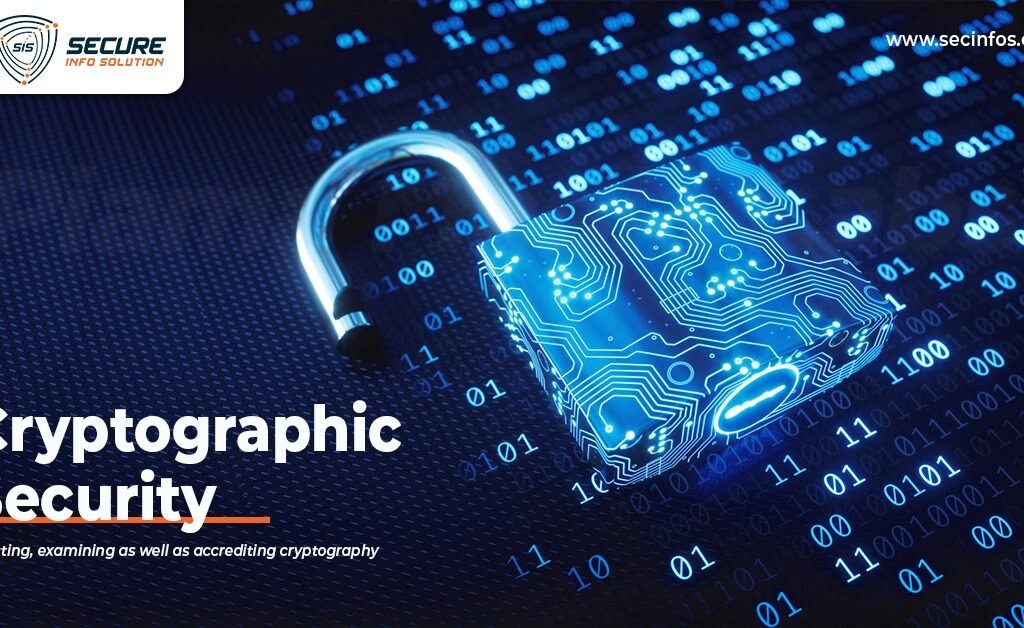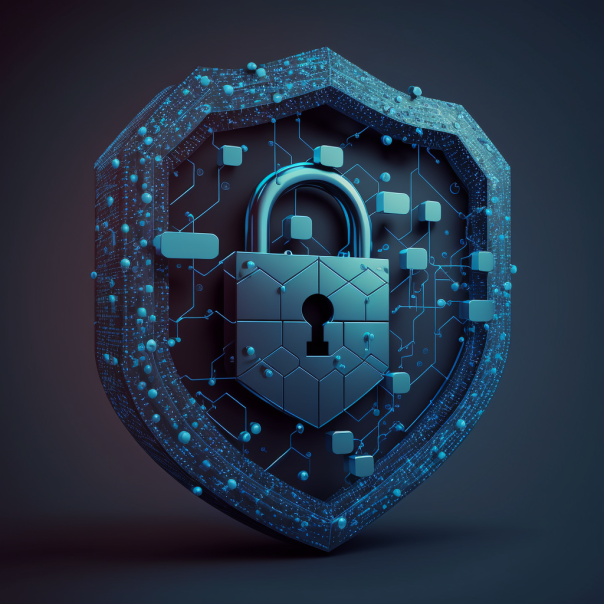
Cryptojacking is a growing threat that is silently damaging businesses all over the world. With cybercrime becoming more sophisticated, it’s important to be aware of the latest tactics and understand how to defend against them.
In this comprehensive guide, we will be discussing what cryptojacking is, how it works, the risks and consequences it poses, and most importantly, how to detect and prevent it.
Introduction: What is Cryptojacking?
Cryptojacking is a type of cyber attack that involves the unauthorized use of someone else’s computer resources to mine cryptocurrency. Unlike traditional malware attacks that are designed to steal sensitive data, the goal of cryptojacking is to use the target’s computing power to mine digital currency, such as Bitcoin or Monero, for the attacker’s benefit.
How Cryptojacking Works
The process of cryptojacking works by the attacker injecting malicious code into a vulnerable website or computer system. When the target visits the infected website or opens a malicious file, the code runs in the background and starts mining cryptocurrency using the target’s computing power. The miner then sends the mined cryptocurrency to the attacker’s wallet.
The Risks and Consequences of Cryptojacking
Cryptojacking not only slows down the target’s computer, but it also poses a risk to the security of the network. As the malicious code is running in the background, it can also open the door to other types of cyber attacks, such as malware or data theft.
Furthermore, cryptojacking can also result in increased energy costs as the target’s computer is using more power to mine cryptocurrency. This can be especially damaging for businesses that rely on large-scale computing resources, as the costs can quickly add up.
How to Detect and Prevent Cryptojacking
There are several steps you can take to detect and prevent cryptojacking. The first step is to keep your software and operating system up-to-date with the latest security patches. This will help to prevent attackers from exploiting known vulnerabilities.
It’s also important to install anti-malware software that can detect and remove cryptojacking code. Some anti-malware programs even have dedicated features for detecting and removing cryptojacking attacks.
Additionally, you can implement network-level security measures, such as firewalls and intrusion detection systems, to prevent attackers from accessing your network. By monitoring your network for unusual activity, you can quickly identify and respond to any potential threats.
Conclusion: Protecting Your Business from Cryptojacking Attacks
Cryptojacking is a growing threat that can harm your business in many ways. By understanding what it is, how it works, and the risks and consequences it poses, you can take the necessary steps to prevent it from affecting your business. By keeping your software and operating system up-to-date, installing anti-malware software, and implementing network-level



